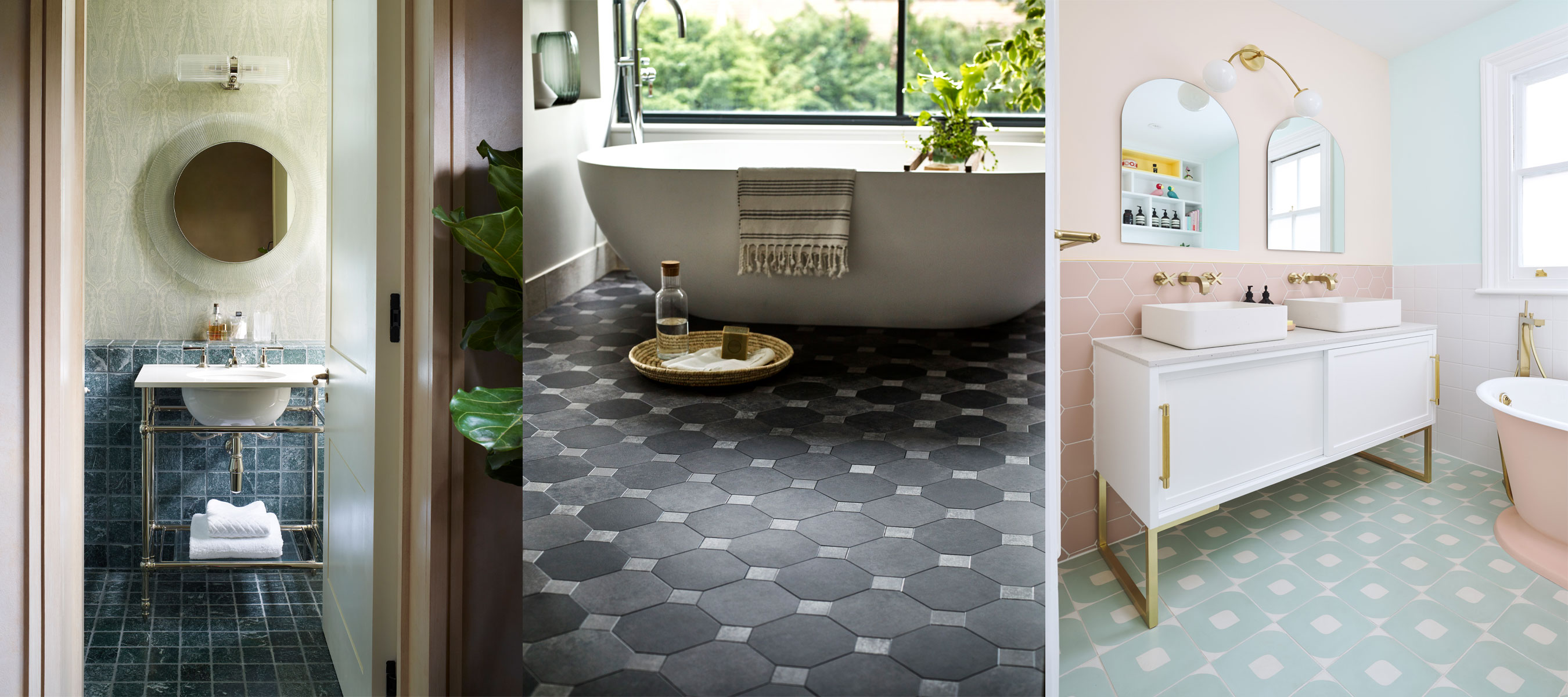Non-Slip Flooring Textures and Patterns: Non Slip Bathroom Flooring Ideas

A bathroom floor needs to be more than just aesthetically pleasing; it must also be safe. Non-slip flooring plays a crucial role in preventing accidents, especially in areas where water or soap can make surfaces slippery. The key to achieving this lies in the strategic use of texture and pattern.
The Role of Texture and Pattern
Texture and pattern are the building blocks of a non-slip floor. Texture creates friction, offering a grip that resists slippage, while pattern adds visual interest and can further enhance the grip. Think of it as adding tiny bumps and grooves to the surface, acting as a network of mini-anchors to hold your feet in place.
Effective Non-Slip Textures
- Textured Tiles: These tiles feature raised bumps, ridges, or other surface variations that increase friction. Common examples include textured ceramic tiles, porcelain tiles with a rough finish, and even some natural stone tiles with a textured surface.
- Embossed Vinyl: This type of flooring often mimics the look of natural materials like wood or stone, but with a textured surface. The embossing process creates raised patterns, adding grip and visual appeal.
- Grooved Wood: While not as common as other options, certain wood flooring types can be grooved to create a non-slip surface. The grooves provide a channel for water to drain, minimizing the risk of slippage.
The Impact of Patterns, Non slip bathroom flooring ideas
Patterns can significantly enhance the grip and visual appeal of non-slip flooring.
- Diagonal Lines: Diagonal lines create a subtle but effective non-slip surface. The angled lines disrupt the flow of water, preventing it from pooling and making the floor slippery.
- Herringbone: This classic pattern, resembling a series of interlocking “V” shapes, provides a visually appealing and functional non-slip surface. The interlocked pattern creates a natural grip, enhancing safety.
